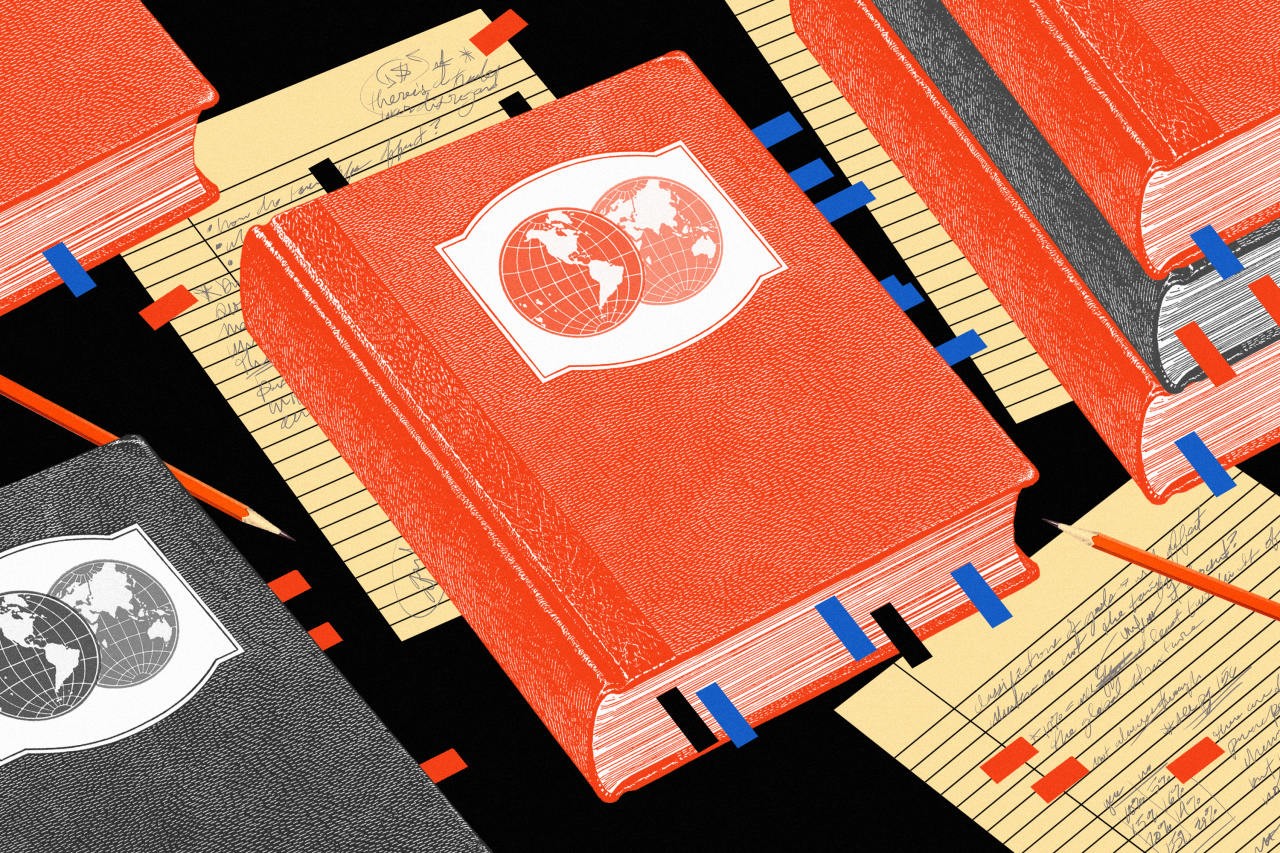The Impossible Four-Hour Test You Need to Pass to Become a Tariff Pencil Pusher
Almost everyone fails the open-book exam, which covers the technicalities of classifying merchandise and entry and valuation procedures; ‘pure hell’
By Esther Fung, The Wall Street Journal
April 23, 2025
Suddenly everyone wants a piece of Nunzio De Filippis.
He’s a U.S. licensed customs broker, which means he handles the paperwork to process imports and calculate duties and fees for products brought into the country. It’s a staggeringly tedious job that would be of little interest to anyone in normal times.
But amid a flurry of new tariffs by the Trump administration that seem to change by the hour, brokers say they are fielding back-to-back calls from panicked importers who need help deciphering the shifting picture and minimizing the cost of getting their goods into the U.S.
When De Filippis and other brokers get overwhelmed, they remind themselves they already overcame a far more torturous ordeal: the customs exam.
“I’ve always prided myself for being a good student, but when I got to that test, I was humbled,” said De Filippis, co-CEO of CargoTrans, a freight forwarder and logistics service provider. “Even if you put in the hours, you have to learn how to beat the test.”
The 4½ hour, open-book test covers the technicalities of classifying merchandise and entry and valuation procedures. Exam takers, who have to be U.S. citizens 18 years and older, said the 80 multiple-choice questions are deliberately obfuscating.
A minimum score of 75% is required to pass, but don’t let the C-grade threshold fool you. The last six exams, which are held twice a year, have an average pass rate of 21% prior to appeal decisions. One exam in 2019 had a pass rate of 4.2%.
“I knew I was in for it when they said it was open book,” said Laurie Geiger, who is taking the exam on April 23. “Open book is never a good thing.” This exam won’t include Trump’s latest round of tariffs, which started in February.
“I have a master’s degree from DePaul School of Business in real-estate investment and finance, but this material is unlike anything I’ve ever encountered,” said Geiger, director of business development at an air cargo company. She describes the exam as “pure hell.”
Geiger is taking a month off work and has been holed up in her house or the library studying. She has missed a recent mother’s weekend at her son’s college and her daughter’s volleyball tournament. On her desk are huge books and folders filled with thousands of pages of classification minutiae. Skateboards are easy to classify. Bearings, a nightmare.
Most consumers don’t give much thought about the supply chain when ordering online or buying a shirt in a store. But for each item, every stitch, label, fabric, quantity of fabrics, weight, button, whether it is a men’s or women’s shirt, how it was made, where it was made, where it originated, packaging, must be accounted for, said Geiger.
On exam day, every minute counts. Candidates are allowed to bring one rolling crate or one suitcase and a shelf or rack into the exam hall to hold their reference material if they need more space than the provided desks. No electronics are allowed.
“You don’t want to reach down to the ground for your notes,” said Jes Crownover, who works at a customs brokerage and compliance firm. She studied for eight weeks before taking the exam in 2021, bringing in a roller cart and stacked blank notebooks to prop up her reference material. She passed.
“I was really motivated,” said Crownover. “I’m never losing that license because I’m never taking that exam again.”
The U.S. Customs and Border Protection, the agency that administers the exam, said it gets an average of about 1,000 test takers for each exam. The CBP mandates that each customs business—or entity that helps companies ship goods internationally—employ at least one licensed broker.
Brokers don’t have to be physically located at each port. They file paperwork about the incoming cargo to the CBP electronically, and after the goods get cleared, they may also collect the tariffs from importers and pay the CBP.
Pay for newly licensed customs brokers starts at around $75,000 and experienced brokers can make upwards of $250,000, De Filippis estimated.
Brokers say many of the questions seemed designed to trip them up. Tutors say that prepares them for the real world, where they might have to defend their rationale regarding duty payments from customs officials in various ports in the U.S.
The high degree of difficulty—first-timers taking the notoriously difficult bar exam for lawyers generally have a higher pass rate—has spawned a cottage industry of tutors and online study groups for aspiring license holders. Following the customs exam, candidates also have to pass an interview and a background check.
The first time De Filippis took the exam, he missed the passing grade by two points.
Nunzio De Filippis Photo: Nunzio De Filippis
“I protested, and they gave me one but not the other. It was gut-wrenching,” said De Filippis. For his second attempt, he hired a tutor, Rennie Alston, a New Jersey-based trade consultant, and passed it.
Alston, who has been teaching for 30 years, said recent tariff changes show how valuable people with customs expertise are. His current class of 25 students, who will take the exam on Wednesday, started studying in December.
Logistics service providers said they don’t see artificial intelligence and other technology tools replacing customs brokers anytime soon. These tools are only as good as the input, and it is uncertain if they can discern intent, said Krish Iyer, vice president at Easyship and an expert in e-commerce logistics.
Iyer, who passed the exam in 2005, credits another broker’s advice to not overthink the questions. He spent months studying for the exam.
“I was lucky that I was single at that time,” said Iyer.
